Taos Pueblo is one of the longest continually-occupied settlement in the world. It has been designated a UNESCO World Heritage Site and a National Historic Landmark.
Pueblo people have lived here for over 1,000 years! Today, about 150 people live year-round in the Pueblo just as their ancestors did (with no running water or electricity). Others maintain a second home outside of the pueblo with those amenities and more.
Pueblo people have lived here for over 1,000 years! Today, about 150 people live year-round in the Pueblo just as their ancestors did (with no running water or electricity). Others maintain a second home outside of the pueblo with those amenities and more.
We purchased our admission tickets ($14/senior) and were provided with a map of the Pueblo for a self-guided tour. Guided tours are also available. Our first stop was at the Veterans Memorial near the entrance.
Two markers honor those killed in the Revolt of 1840; and, the second, for veterans of the World War II Bataan Death March.
Taos Pueblo is a sovereign nation with a governing body consisting of the following: Governor, Warchief, and Tribal Council. Each year a Governor and a Warchief are appointed by the council. Those who previously serve as a governor or warchief become members of the Tribal Council (for life).
Many shops and small cafes operate in the pueblo. Each has a sign (or signs) at the entrance. If there is not a sign in front of a door, it should be assumed by visitors that it is a private residence. Plus, there are multiple “restricted areas” where visitors are not allowed. No photographs are permitted inside any structure at Taos Pueblo, including the church.
San Geronimo Church was built in 1850; and, is the second church built here after the Mexican American War. It is an active parish with weekly mass; and, weddings are also sometimes held here. Be sure to check out the lovely interior if you visit the pueblo.
There are two primary multi-storied adobe homes: North House (Hlaauma) and South House (Hlaukkwima). Below is Hlaauma.
The adobe architecture and the maintenance by owners has enabled these structures to last for centuries. Made of earth, straw, and water, the mixture of the three is formed into a brick and sundried. As each adobe layer is added, it is covered in mortar (adobe mixture) and sundried. Once completed, another layer of the adobe mixture is applied, and repeated. The maintenance work is done once or twice a year.
A family had their private home (similar to an apartment) in the North House open to visitors. It had three rooms (that we saw): a living/dining area, kitchen (with wood burning stove), and bedroom. There were two fireplaces in the home (used for both heat and cooking). Homes have been passed from parent to the youngest child with each generation. The owner we met had a photo of him as a child with his grandparents at the home in the pueblo. Very cool…
The open wooded structures (I think they are called ramadas) in front of the North House provided some much-needed shade on this hot day.
Under one of them were two outdoor ovens, known as a horno. They can be seen all over the pueblo and are used to bake bread (and other food) in a cedar fire.
Red Willow Creek runs through the middle of the Taos Pueblo community. Considered sacred for hundreds of years, it is fed by a glacier lake (Blue Lake) that is 25 miles north. In 1906, President Roosevelt placed the lake under the management of the national Forest Service. The Taos people eventually regained control of 48,000 acres in 1970 after years of protest, appeal, and lobbying. Blue Lake remains pristine today and is utilized/managed exclusively by tribal members. It serves as the water source for Taos Pueblo.
Several small bridges cross the creek and visitors (and their pets) are not allowed to enter the creek (as you would expect!) We walked to the South House where there are many more shops and cafes. Beautiful art pieces, drums, clothing, and more are for sale.
While at the pueblo, we wanted to try some of the traditional Blue Corn Fry Bread (sold in numerous cafes). It is topped with powdered sugar and cinnamon honey butter. Delicious!! It was nice to sit inside the pueblo where it was much cooler to enjoy a refreshing drink and the bread.
Walking past other parts of the community (and a couple of signs restricting access), our last stop was at the Cemetery.
Only tribal members are permitted inside the cemetery. The remains of a church built in 1619 (by forced Native labor) can be seen. It was destroyed twice. The first time was during the 1680 Pueblo Revolt. Pueblos, Hopi, and Zuni united and drove the Spanish from their lands to the current Mexican border. The Spanish returned about 12 years later for the “Re-Conquest” of the region.
The church was destroyed the second time during the 1847 Taos Revolt. The revolt was in opposition to US occupancy and Governor Charles Bent was killed. In retaliation, the US Cavalry attacked with Howitzer canons killing over 100 Hispanic and Native people. The area where the church once stood is the central cemetery for the Taos Pueblo.
What a fantastic educational opportunity! We particularly enjoyed talking to Natives that live and work here. Keeping their culture alive by continuing the traditions of old, celebrating feast days at the pueblo, and maintaining the adobe architecture, demonstrates the perseverance, tenacity, and spirituality of these people. It is not an easy life for those that chose to continue to live in the traditional fashion of their ancestors, but some still chose to do so.
If you are in the Taos area, do not miss the opportunity to visit this unique community. For additional information about the Pueblo Taos, go to tourism@taospueblo.com.

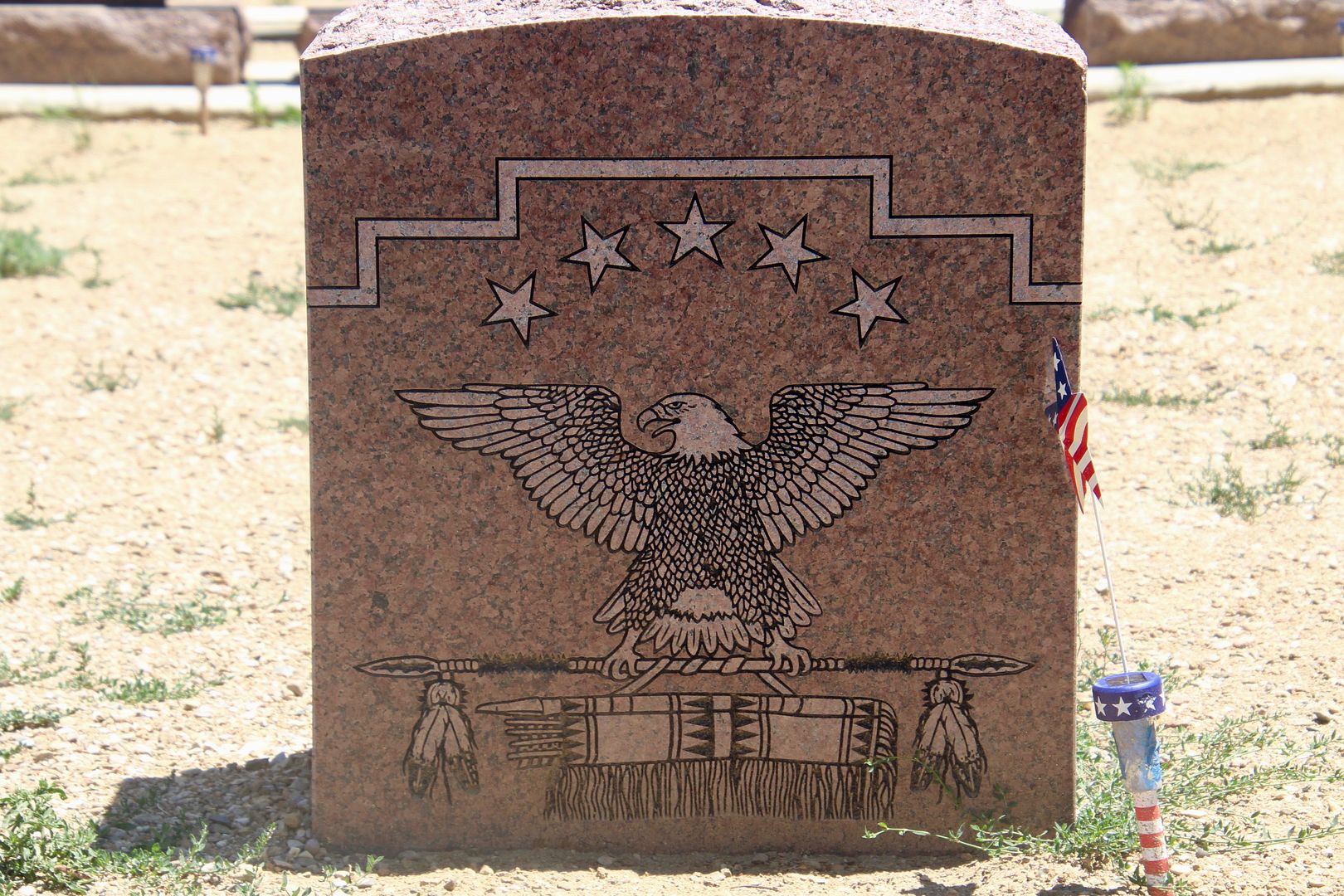
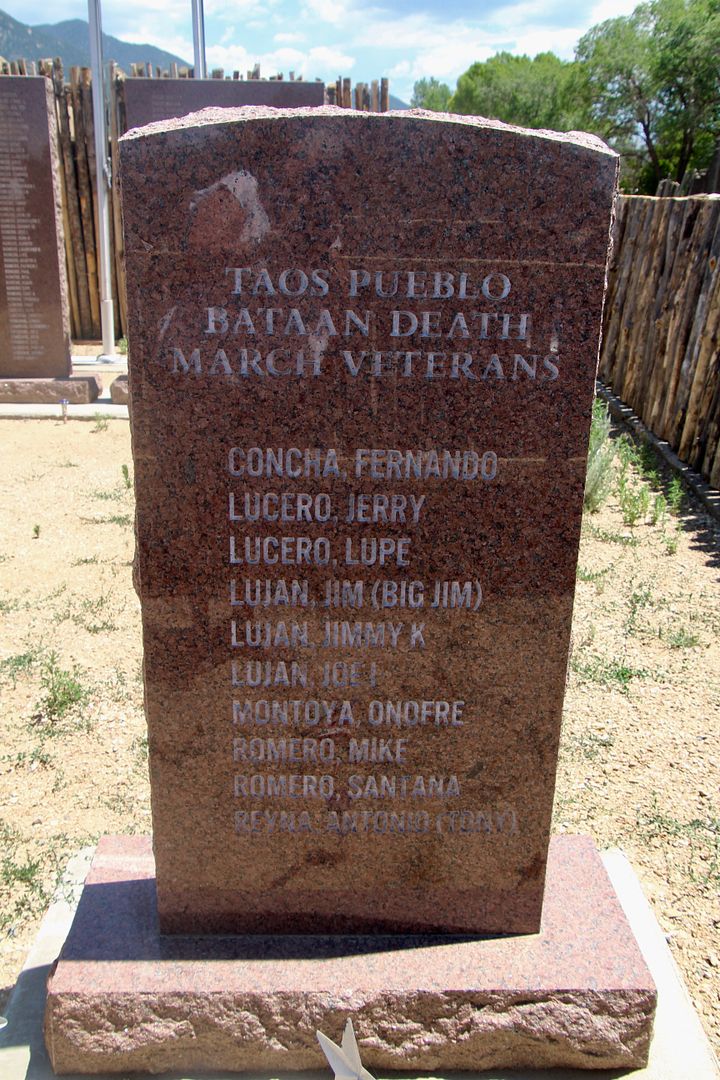
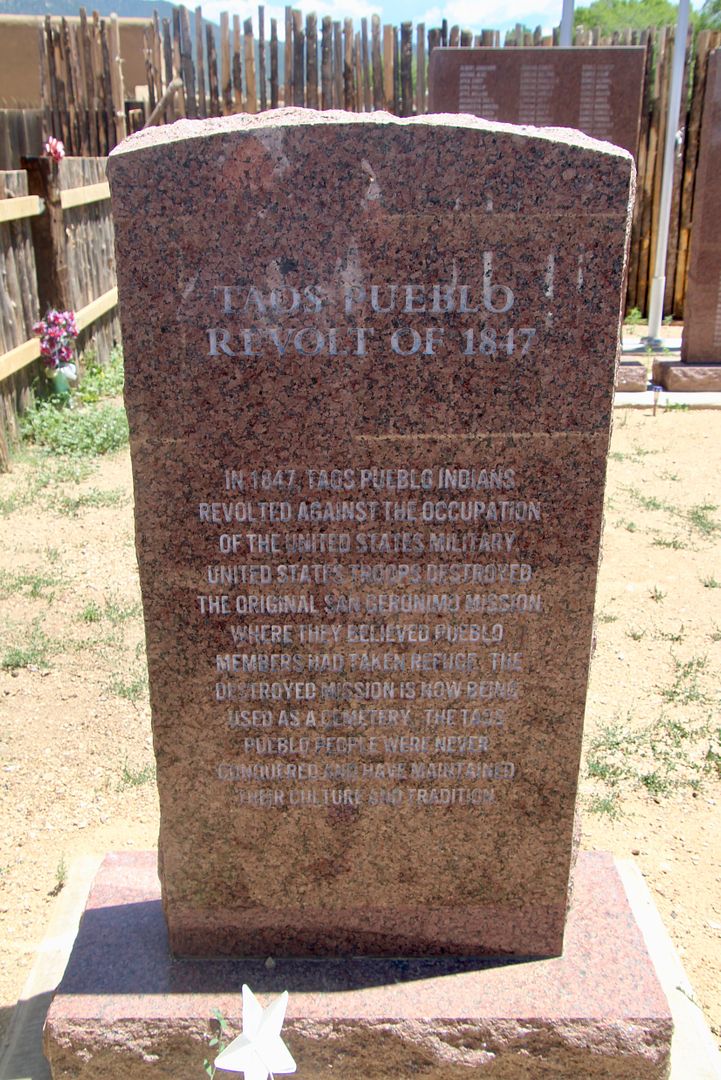
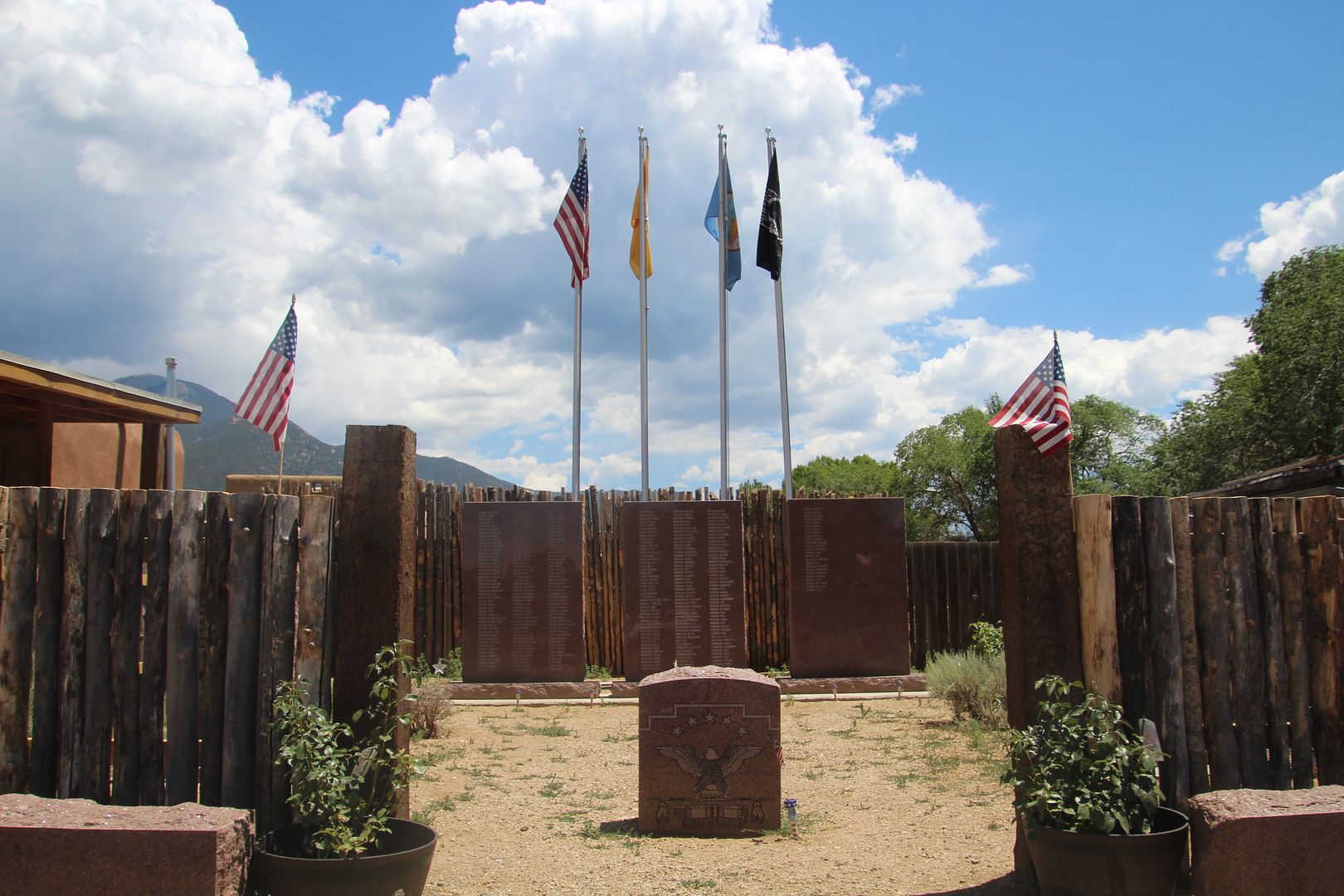
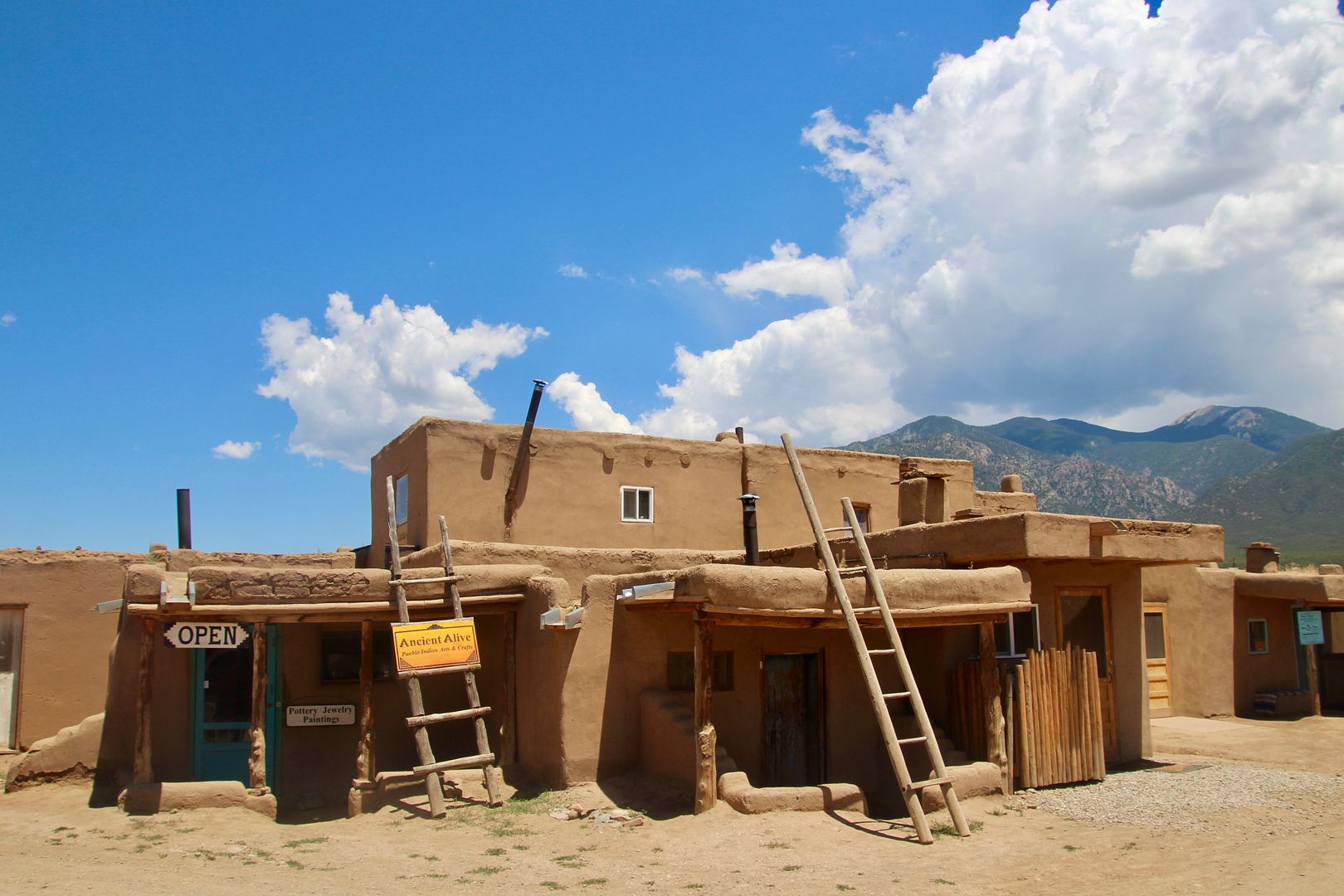
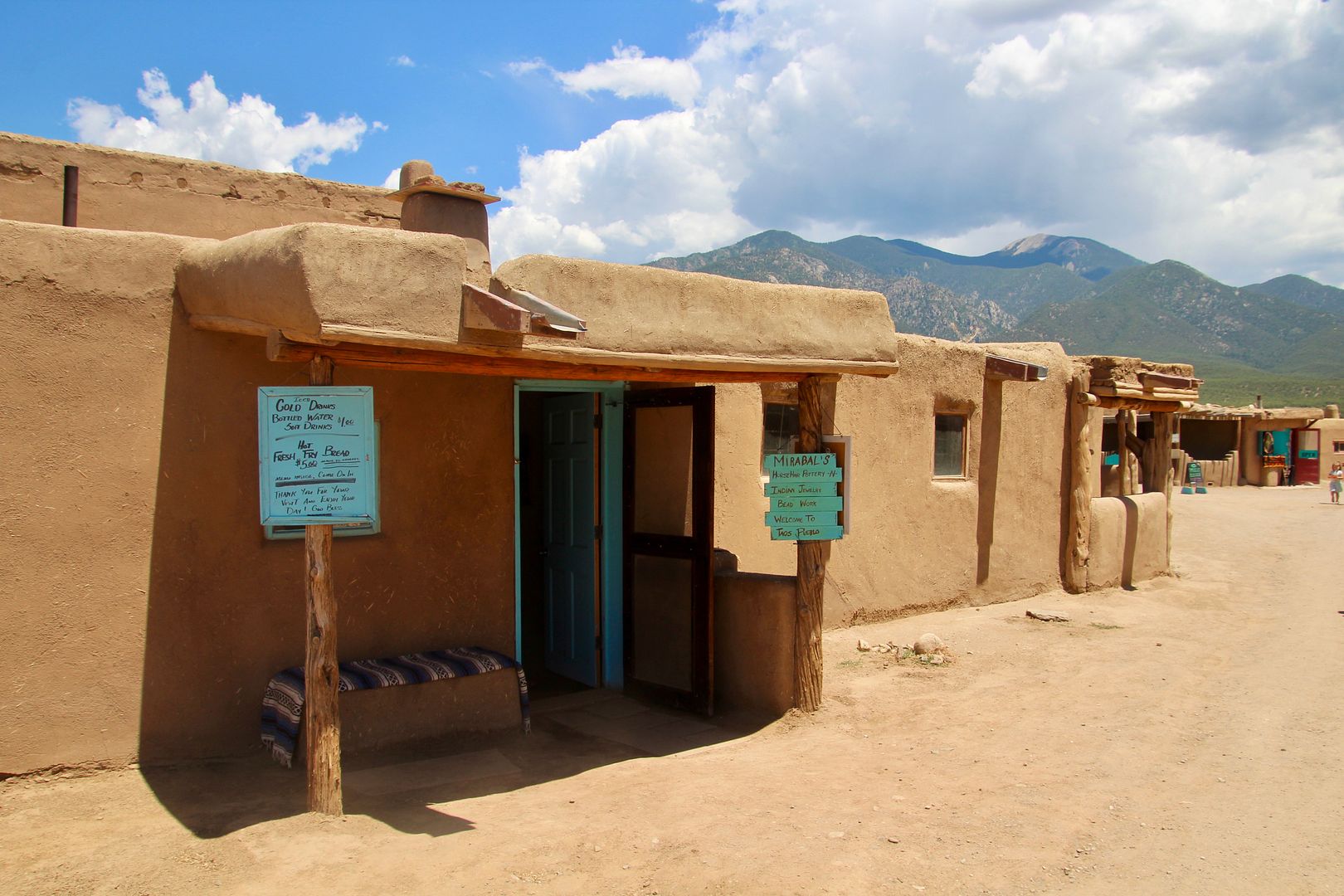

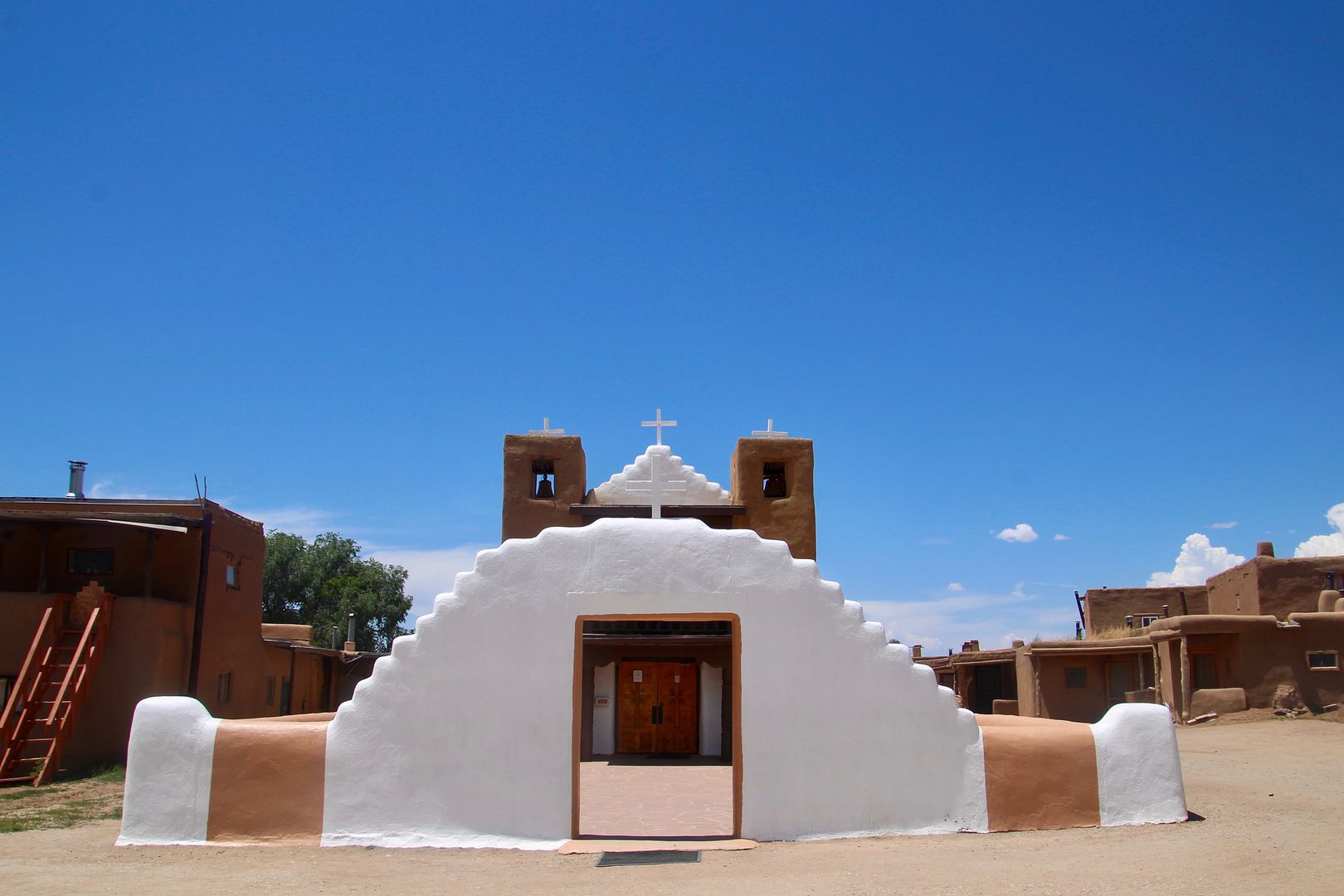
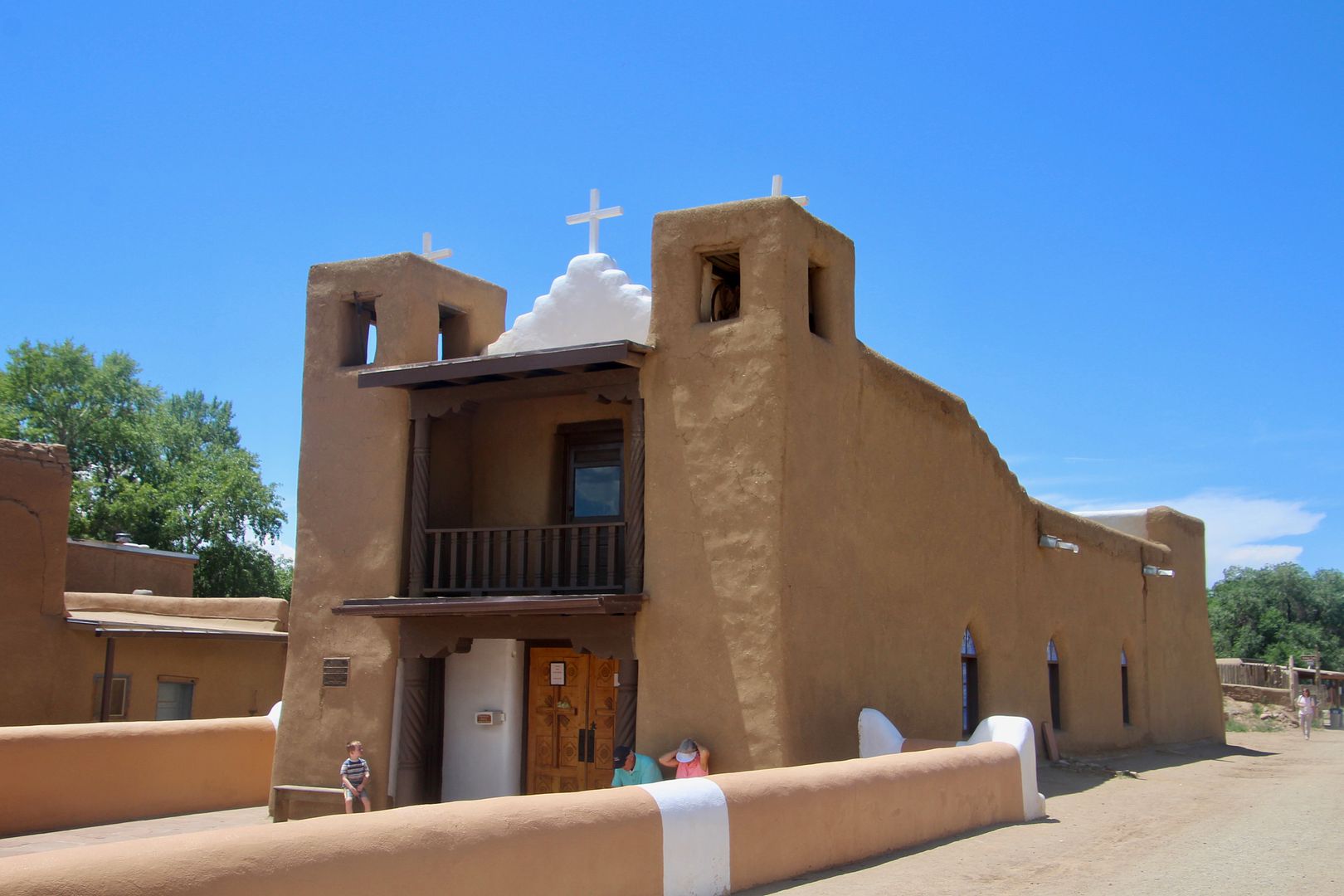

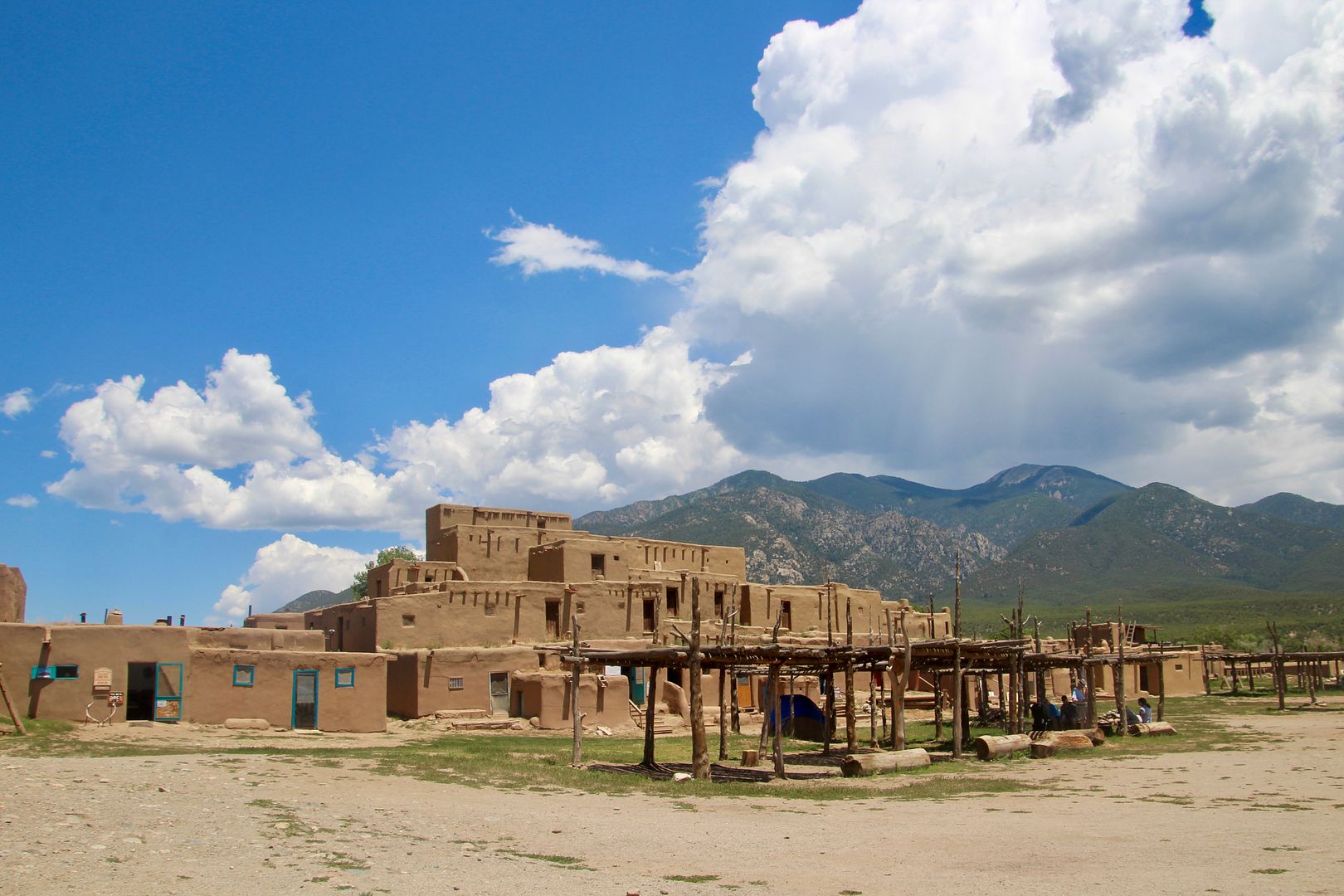
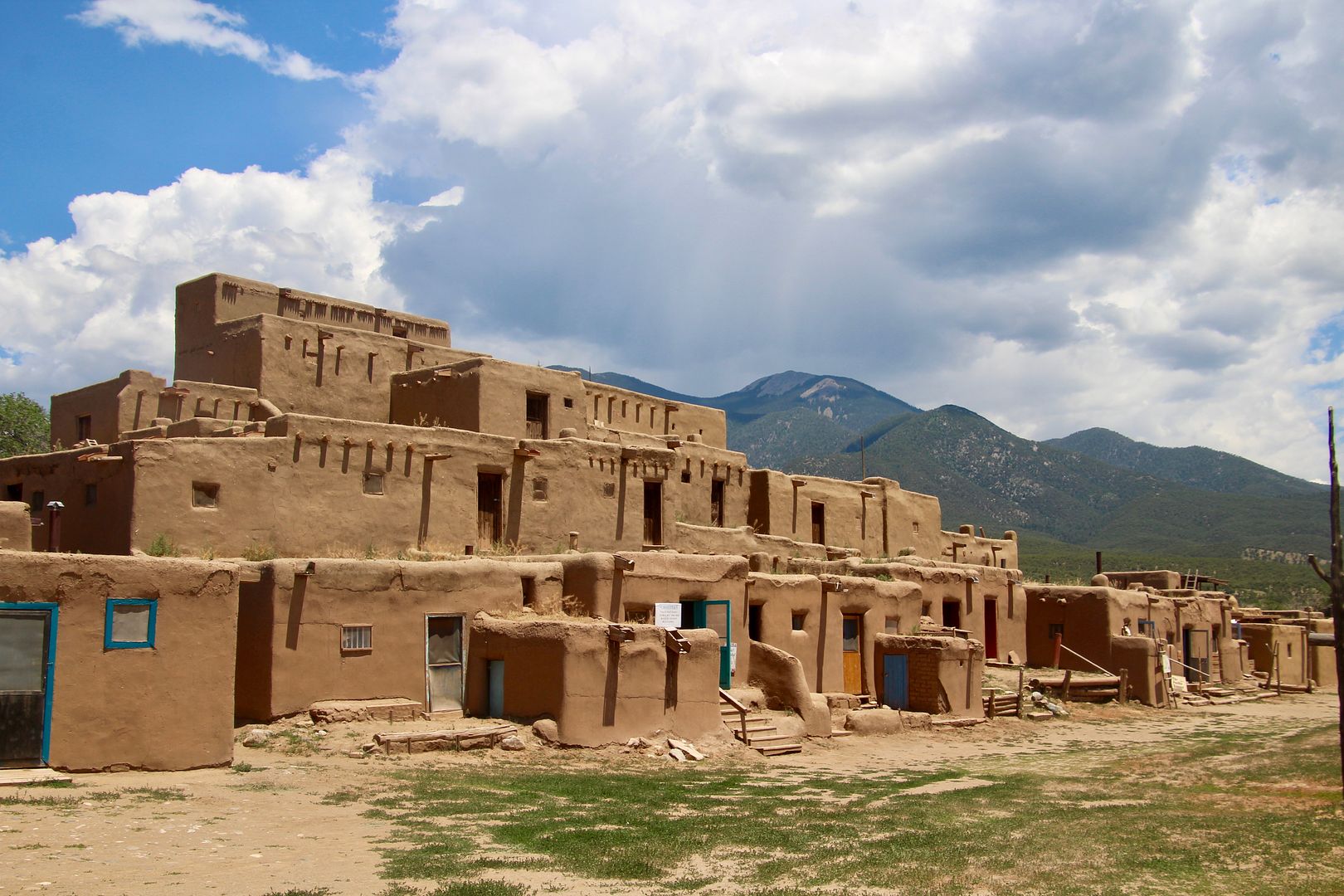
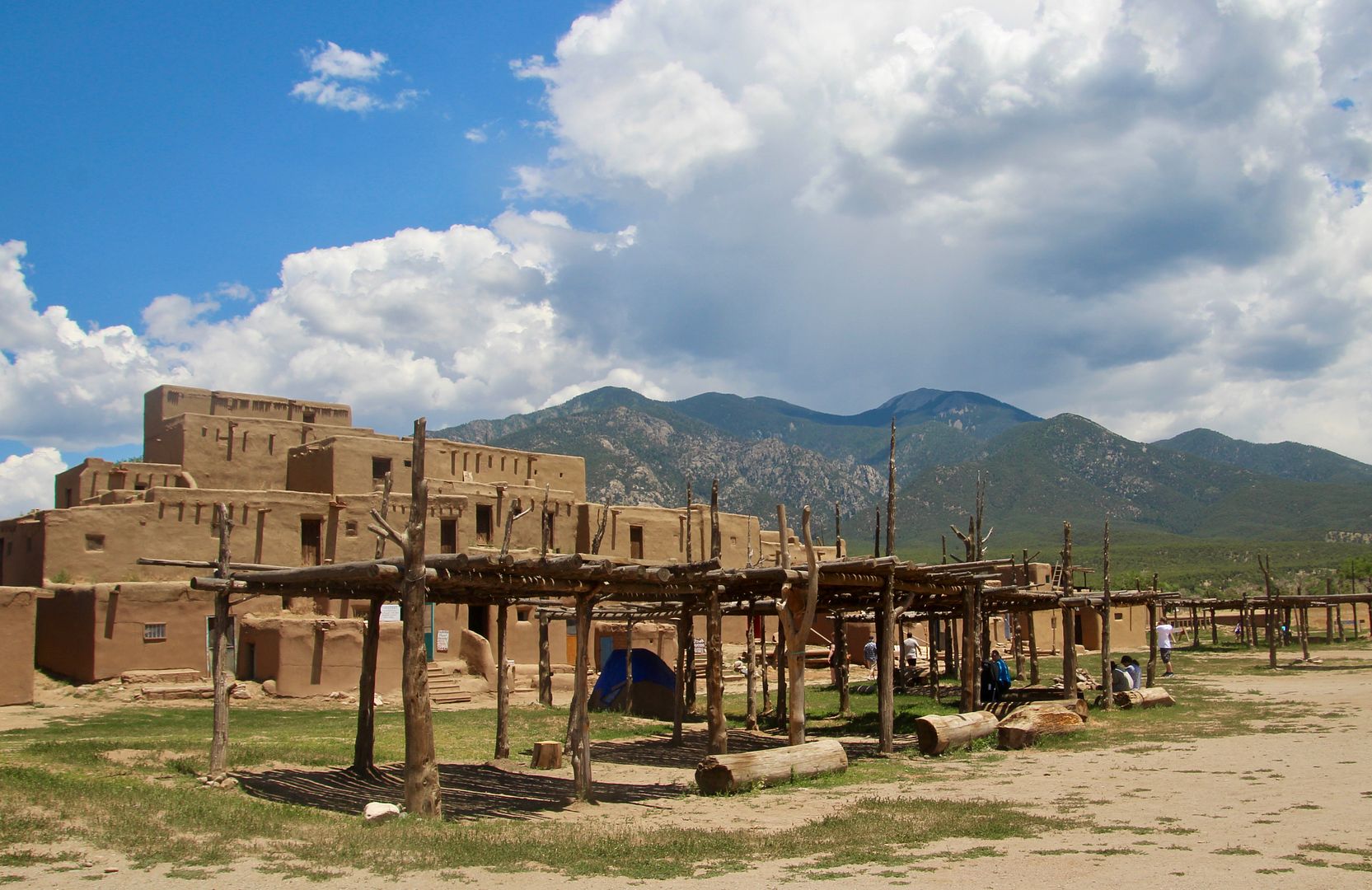
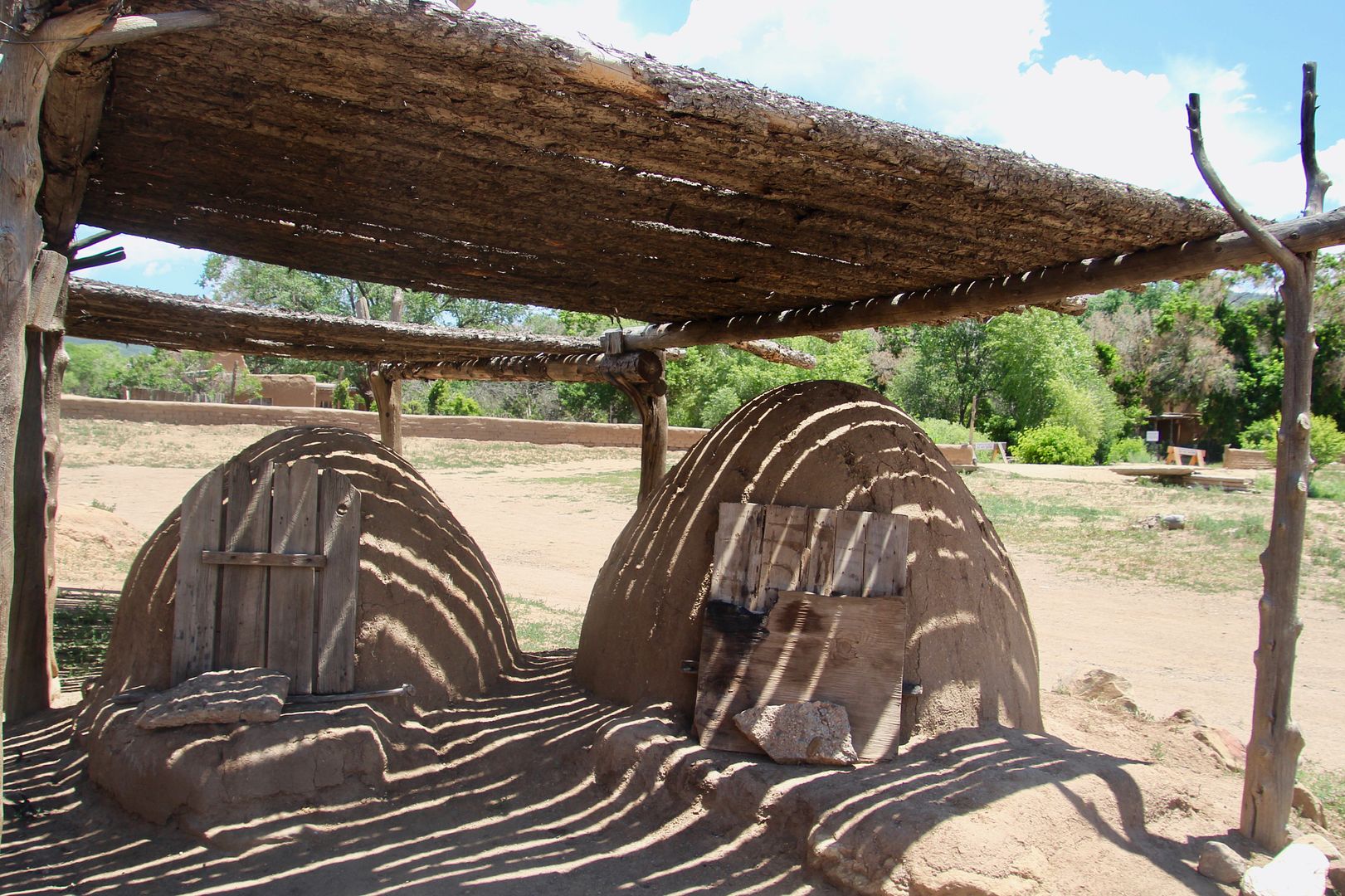
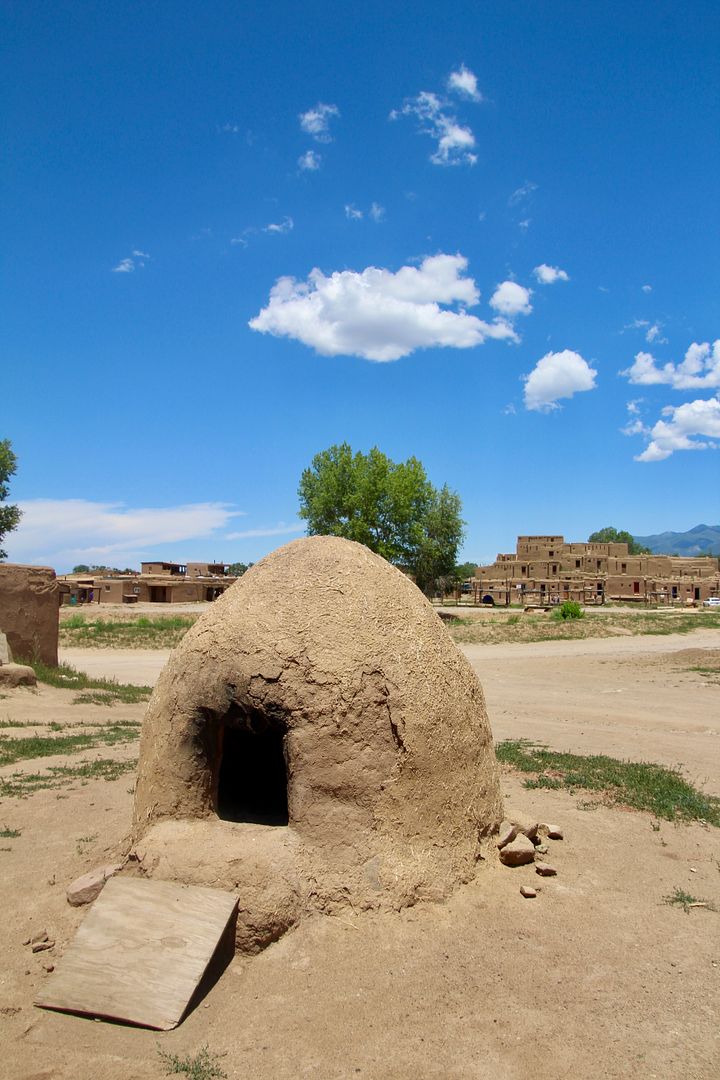
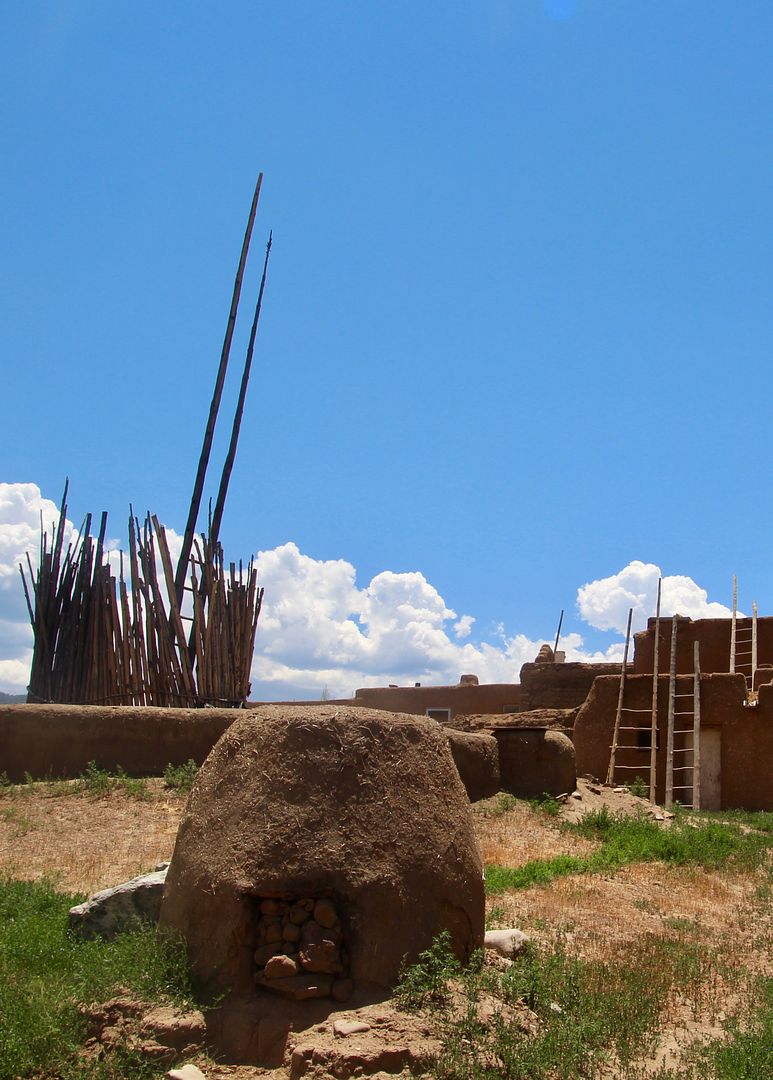
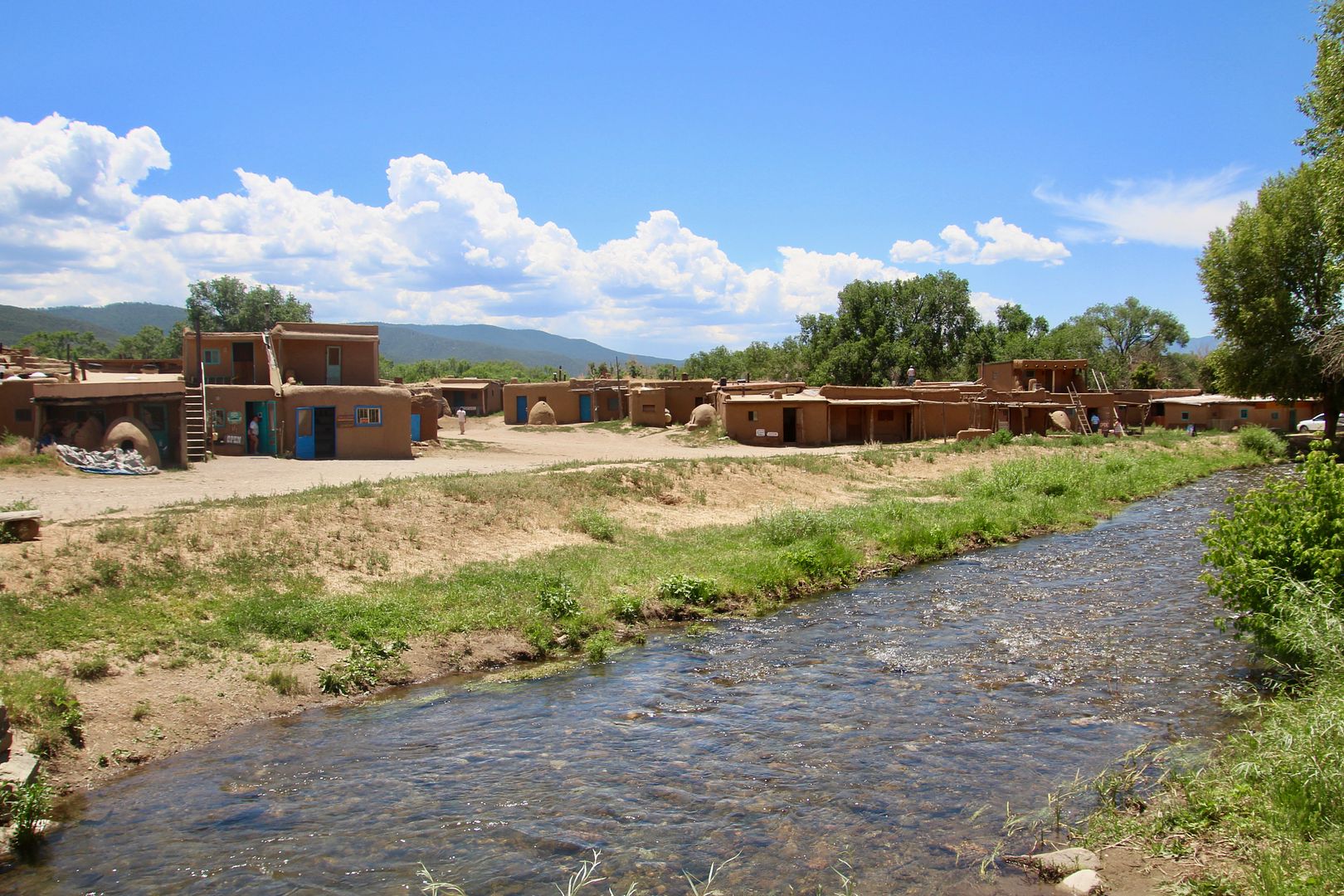

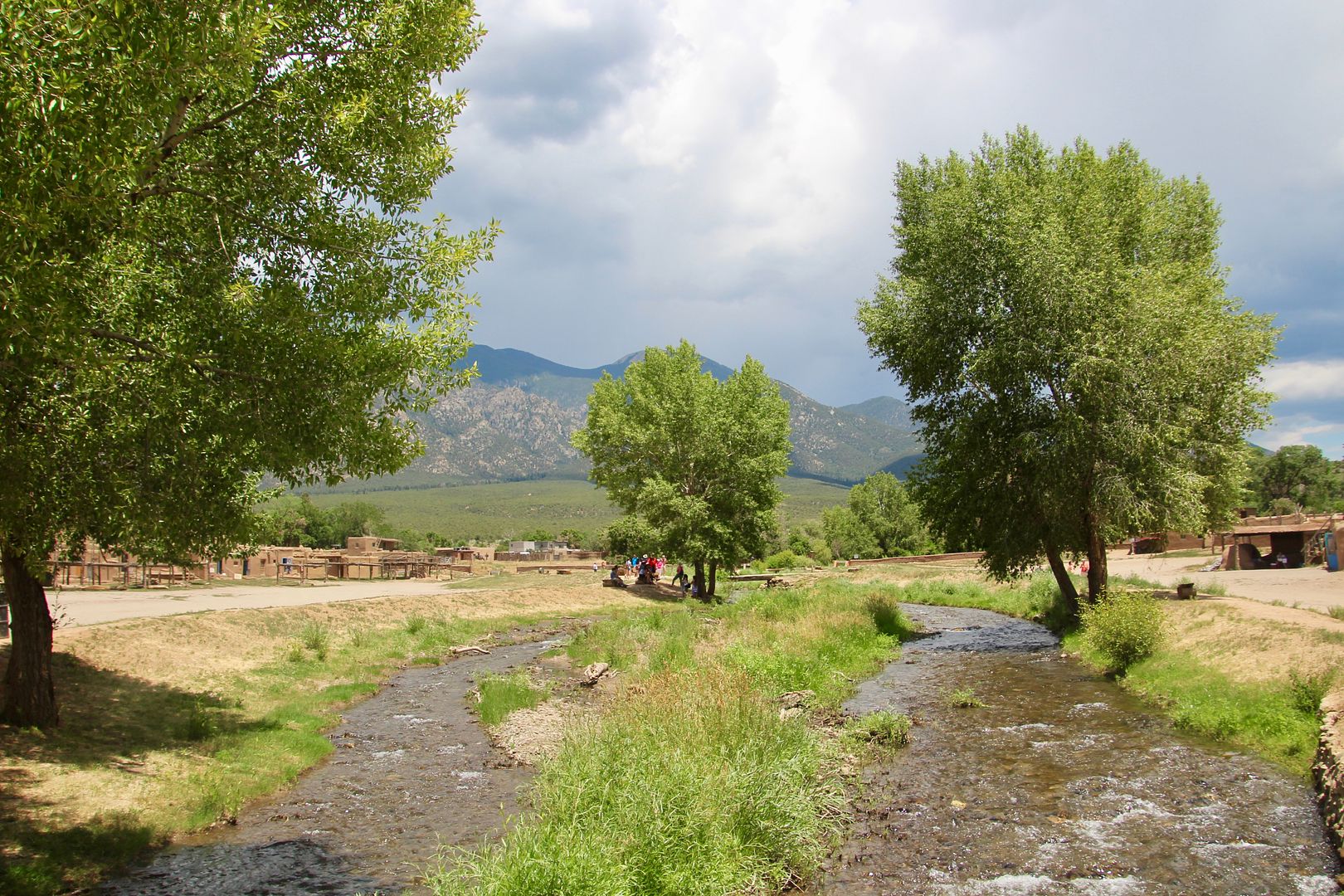
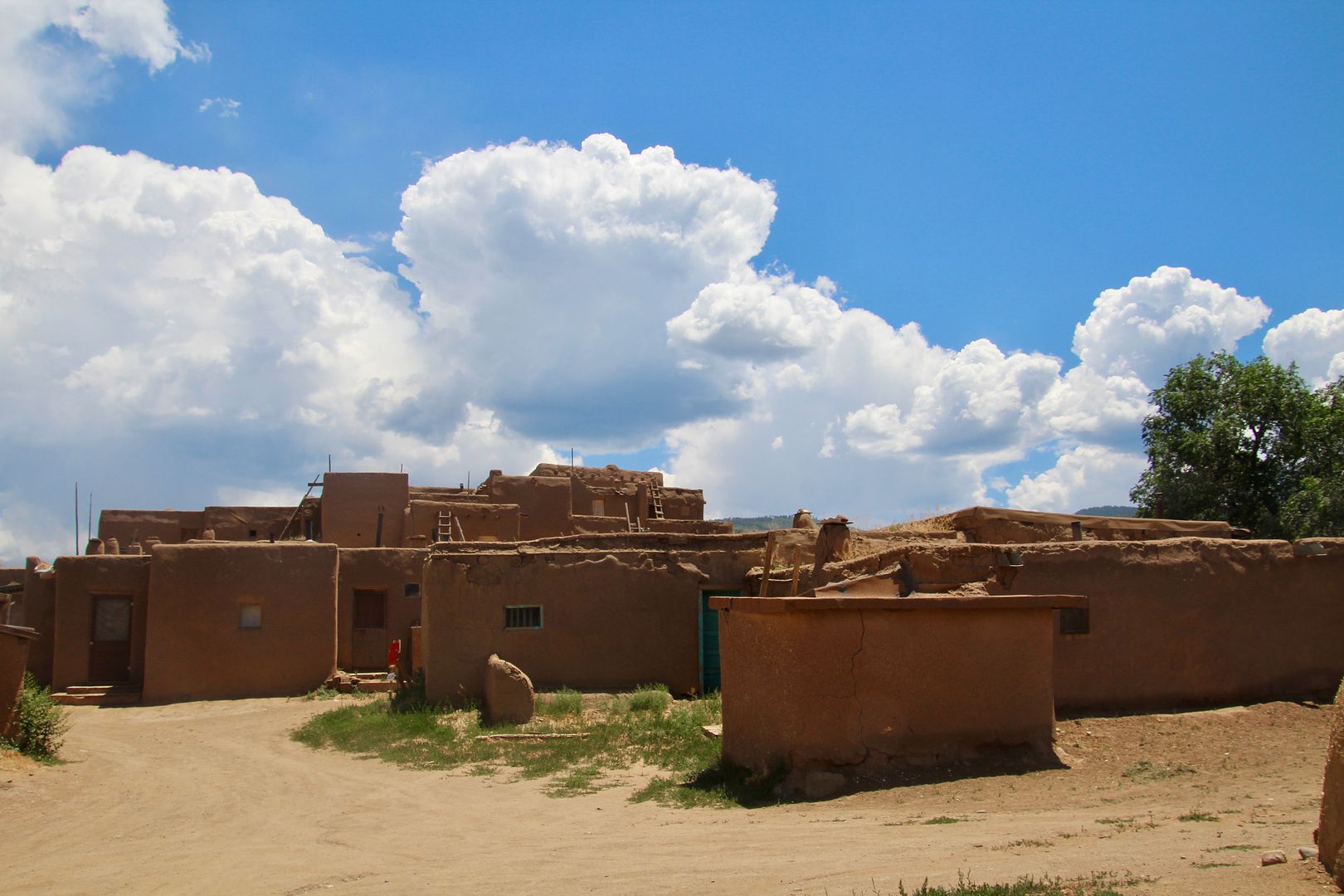

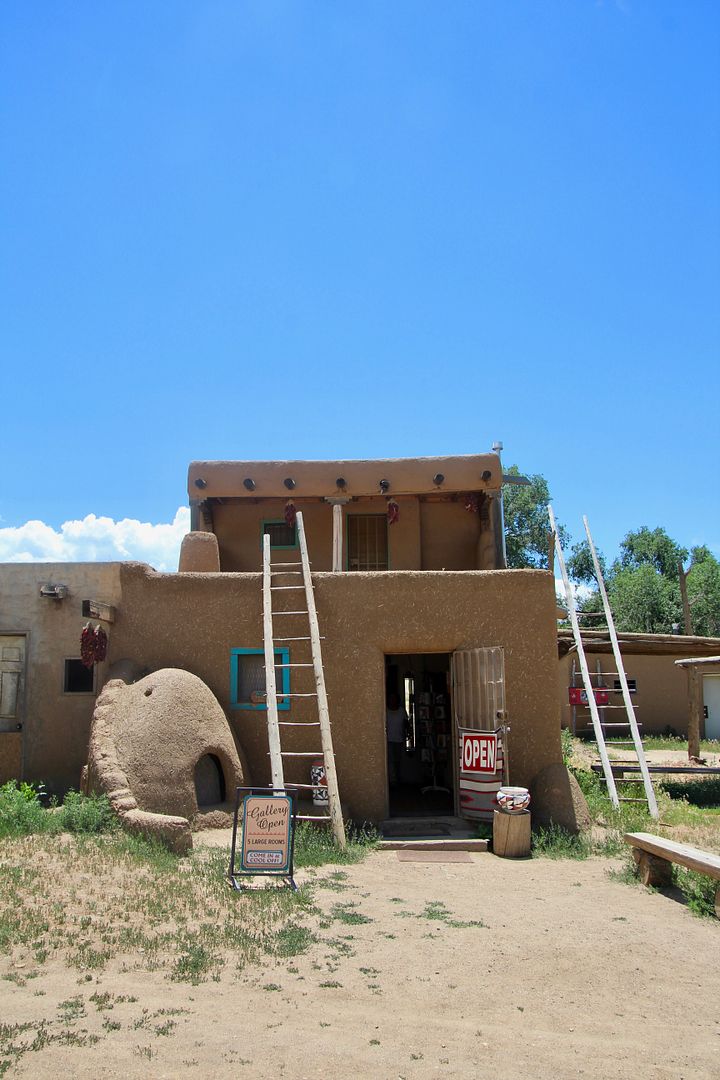


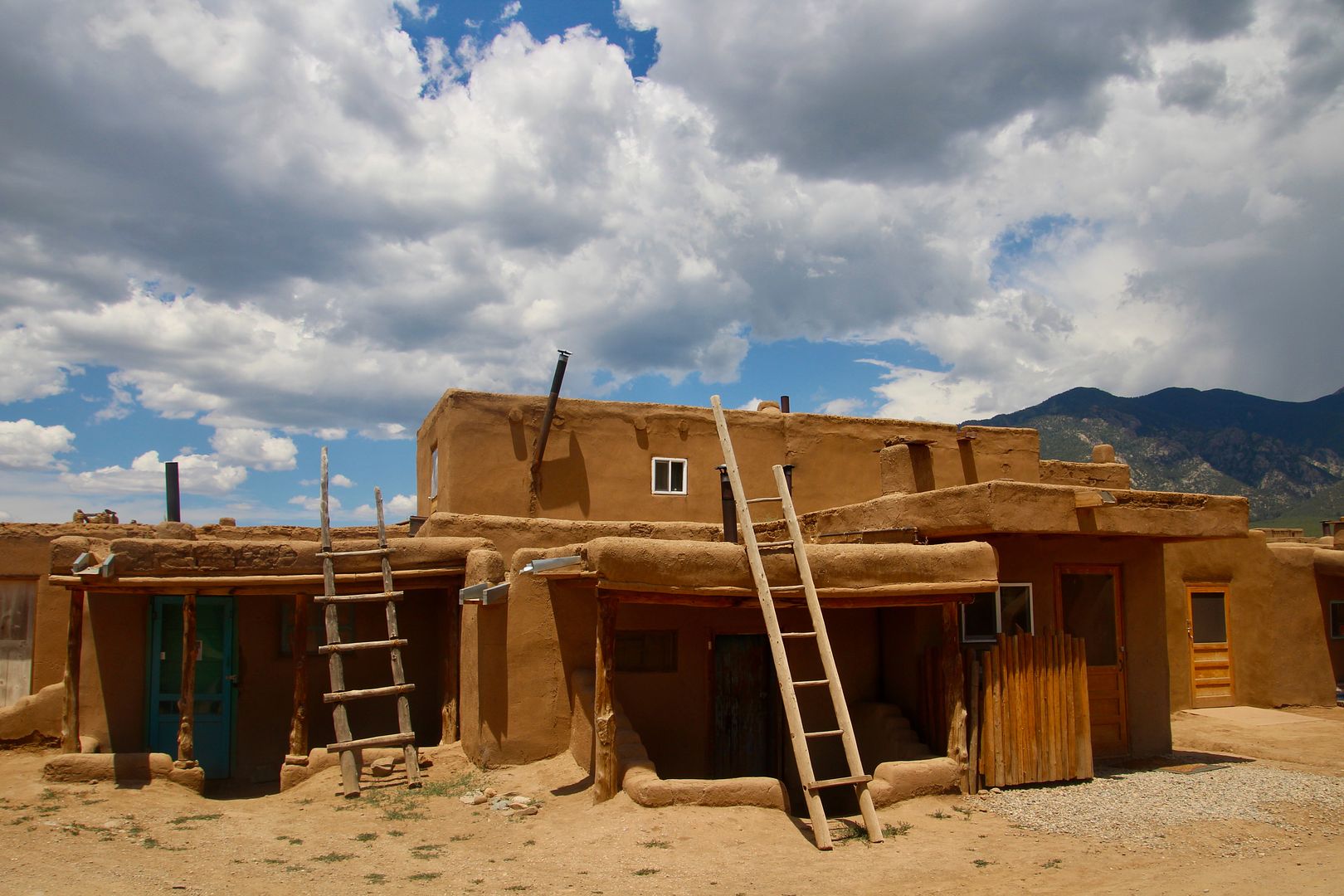

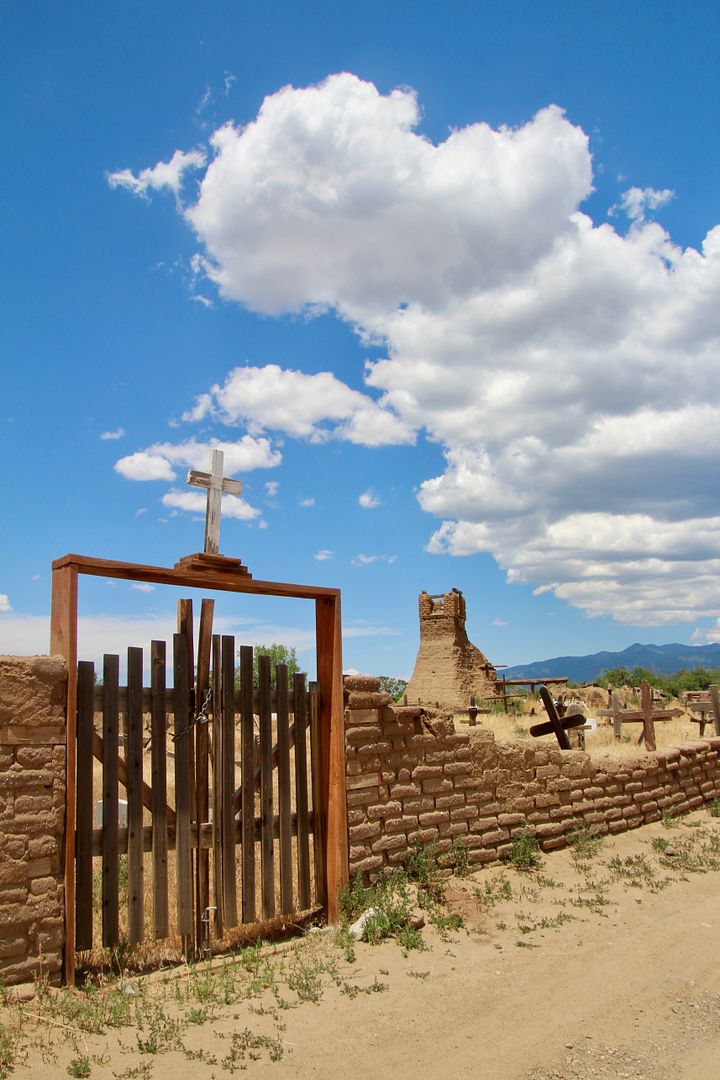
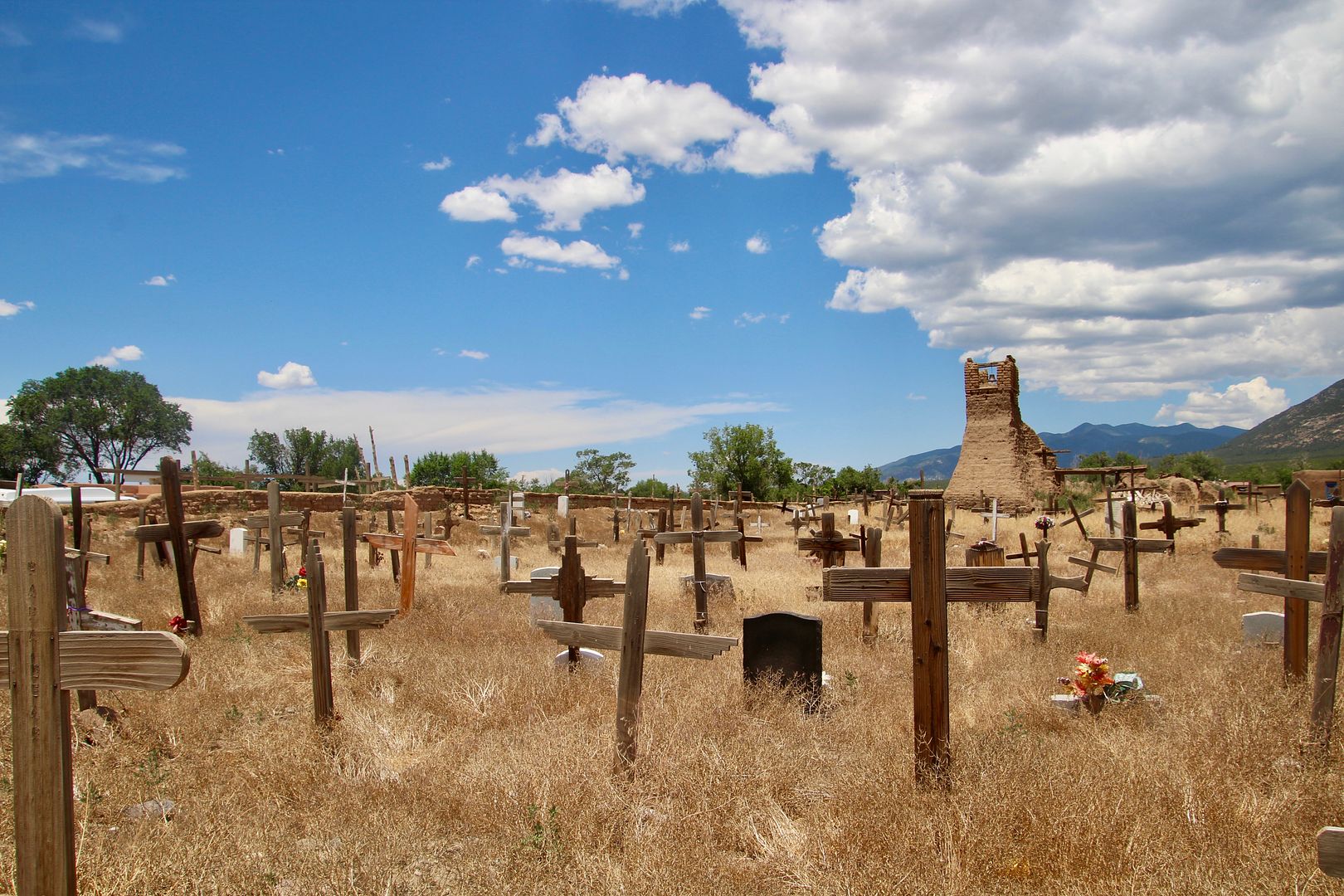
No comments:
Post a Comment